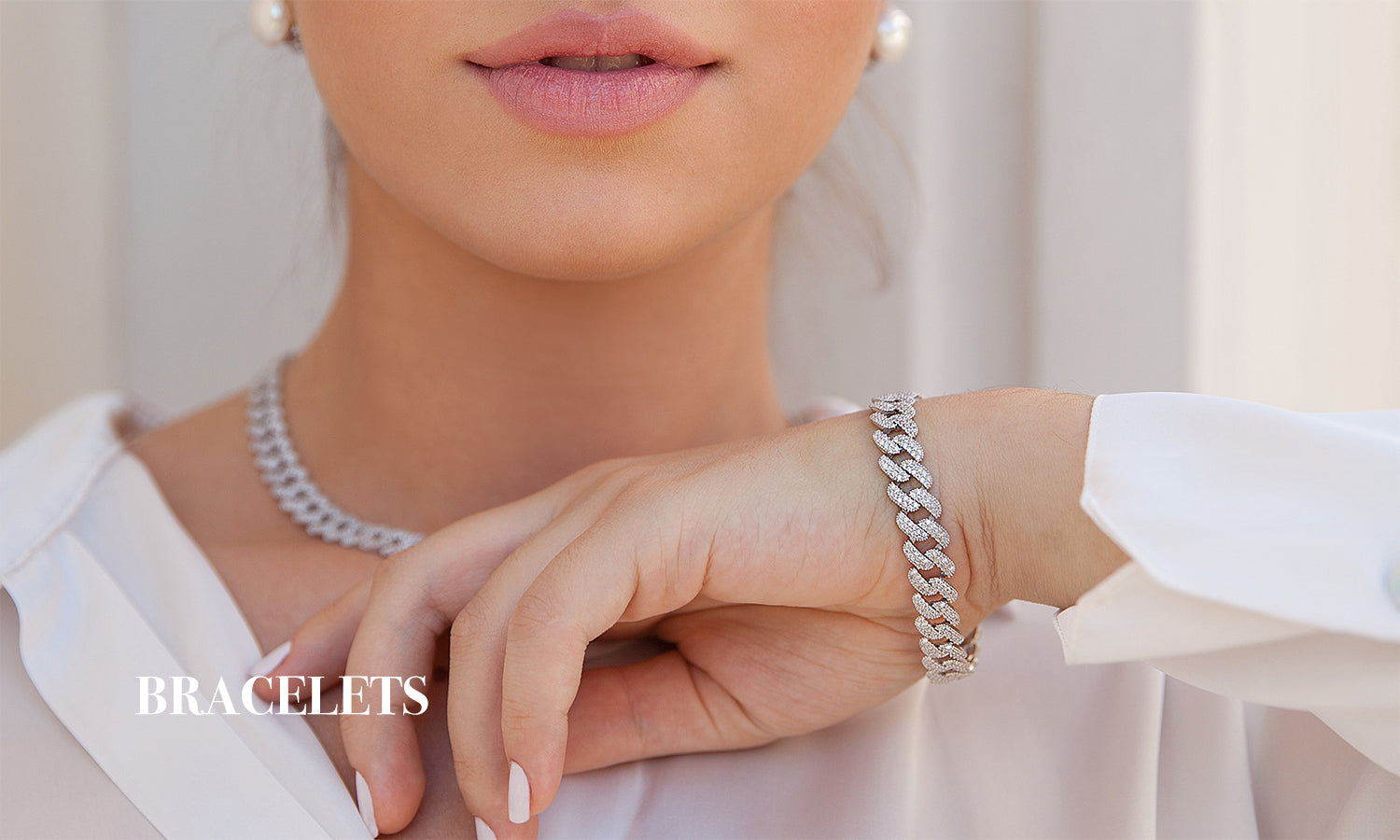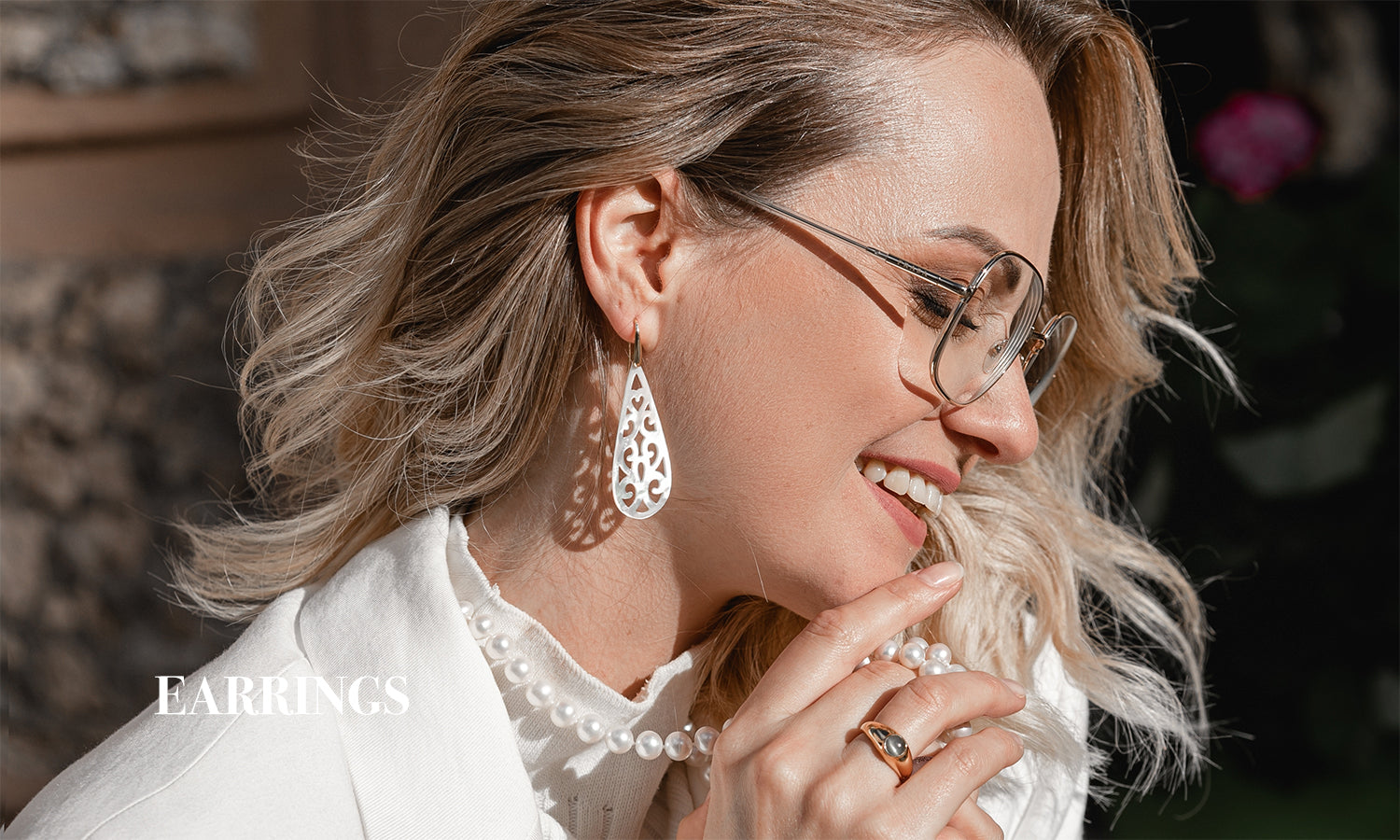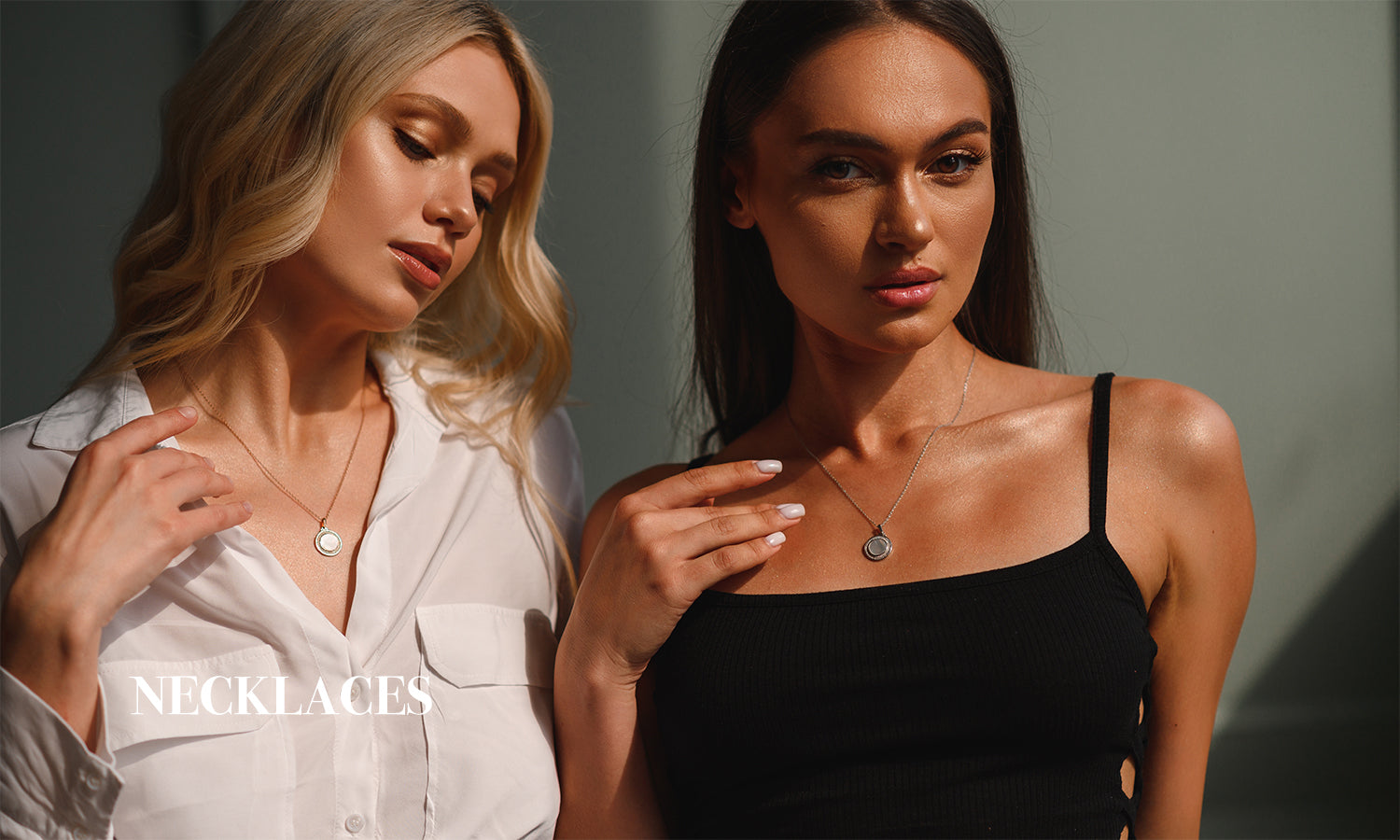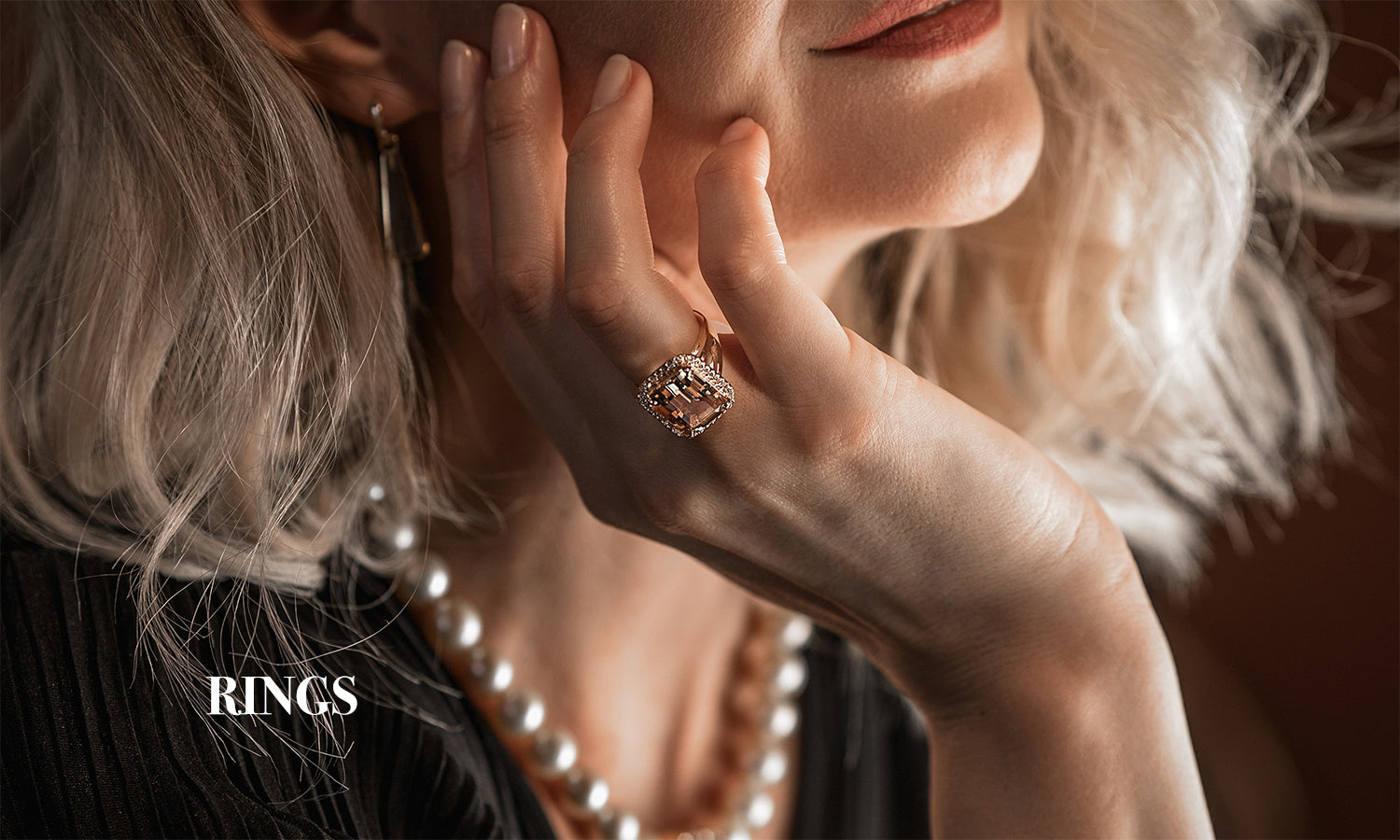
Origins and history of earrings
Share
Earrings are that fundamental and essential accessory, the perfect detail to express our personality and unique style. Like all jewelry, earrings are a means of expression and transmission of our values and beliefs. They are pieces with a long tradition, whose origin dates back to antiquity where their ornamental function became particularly important.
In Planderful we invite you to take a journey through the history of the birth of earrings and discover how and when this accessory present in all cultures began to acquire prominence.
Origins
The first signs of its existence were found in the Bronze Age and later, in many civilizations. Worn as symbols of wealth, power, and authority, earrings were initially used by the upper classes and by the male gender, as in the case of the pharaohs in Egypt. They were large earrings, made of different materials and mostly made of several discs combined with chains.
Years later, in ancient Greece and Rome, this beautiful accessory began to spread among the population and even among the less wealthy classes. During the Middle Ages, they acquired their value as true jewelry by incorporating noble materials in their manufacture and the use of precious stones.

Source: https://coomi.com/blogs/blog/the-history-and-popularity-of-hoop-earrings
Uses and meanings
Jewelry has been used by humans throughout history for a variety of purposes. Depending on the times and culture, earrings were and are used as a symbol of status, ethnic or religious affiliation, as an amulet of protection, of personal importance, as a dowry, or for personal exchange.
In Egypt, earrings were used to show the origin of women and in some cases, their amorous intentions such as marriage. In Greece, it was the women who wore spectacular earrings with pearls and precious stones that demonstrated the power and economic prosperity of their husbands, they were made of high-quality bronze and gold, the same with which the bracelets of the soldiers were made.
In the same way, it happened with the men of high social level in Rome, who wore gold earrings to show off their fortune and beauty. Let's not forget that the Romans and Egyptians were a culture that cared a lot about their physical appearance and had a great fascination for ornaments and jewelry that could make them stand out, such as bracelets, necklaces, rings, and of course, gold earrings.
In Western Asia, the Persians, Babylonians, Hebrews, Germanic, and Gauls, used them as a talisman and protective amulets, to ward off diseases and evil influences and attract good luck.
Nowadays, it is also very common to see Arab or Middle Eastern men with an earring in their ears. This is because it has been a tradition of merchants and bazaars for hundreds of years, reflecting wealth. In India, for example, instead of putting earrings in the ears of newborn girls, women wear nose piercings as a synonym for beauty and delicacy.

Source: https://historyundusted.wordpress.com/2015/06/15/earrings-in-18th-century-portraits/
Earrings as amulets
Earrings are considered an object of body decoration, however, received treatment similar to primitive medicine and magic. It is believed that the first earrings were made with red agate or carnelian stone and were supposedly used to cure stomach pain.
In certain regions of Europe, it has been used as a talisman, and in others as a powerful amulet and a sure means of counteracting spells and the evil eye. They are the heritage of a remote past, culturally sunk in the magical memories of the Babylonian, Persian, and Hebrew civilizations that attributed to them in their time a force capable of fighting against sorcerers.
For them to be effective, it was necessary to engrave them with some magical formula. An ancient saying states: "The fascination it causes will be the fascination it conjures", so there were talisman earrings or amulet earrings for all purposes. In the ancient world, fascination and the evil eye were one and the same thing.
Already in the sixteenth and seventeenth centuries, both in Spain and in Holland and the rest of the West, goldsmith workshops introduced the setting of precious stones, especially diamonds, but the earring never lost its magical dimension.
Are earrings for men or women?
In the beginning, earrings were mostly used by men. Writers, poets, and nobles were some of the first to wear earrings of great visibility and super showy. Sailors and pirates also appear in stories wearing circular earrings as an identifying feature.
It was not until the Middle Ages that earrings began to be an object of exclusive use by the female gender, being in the first instance a method of conquest and a sign of interest to entertain the intended ladies.
In the field of love, earrings symbolized the bond between the wearer and the giver, often having erotic connotations. Only two important civilizations disagreed: the Greeks, who forbade their use by men; and the Indians, who only allowed their use by men.
Although the use of earrings declined during the Middle Ages, because the fashion of the hairstyle hid the ear, in the Renaissance it regained its former relevance becoming an important target of goldsmiths who enhanced it through applications of enamels, precious stones, and pearls.

Source: https://www.thenaturalsapphirecompany.com/blog/the-history-of-earrings-sapphires-jewlery
Materials
Excavations around the world have unearthed remains of hoops in a variety of materials, shapes, and sizes. There are hoops of stones and plants, metals and precious stones, and figures representing gods, animals, objects, and also vegetables.
The Egyptians generally used for the manufacture of earrings, materials such as silver and gold in order to increase their value and thus symbolize the wealth of those who possessed them. Precious stones such as coral, jasper, turquoise, amethyst, and lapis lazuli, among others, were often inlaid in the earrings.
The South American pre-Incas and Incas, as well as the Aztecs, also used materials such as gold in combination with jade, emeralds, and turquoise stones for the creation and manufacture of their earrings.
Now that you know the origins and history of earrings, we can affirm that they are much more than mere adornment in our lives. Visit Planderful's website and get to know the earrings we have for you.




